If the ends don’t justify the means, what does?
—Saul Alinsky
When I left home for a university education in 1966 at age 18, I swore I would work for Saul Alinsky when I graduated. The year I did graduate, Alinsky was declining, and he died two years later. So much for my plan to work for him in Chicago and maybe elsewhere around the nation organizing the dispossessed into effective groups that eventually might alter the equation of power across the United States. But, though he was dead in body, Alinsky left behind his theories and practices in books that guided me, and later guided somebody younger and eventually far more influential than I am—Barack Obama.
So, today, Alinsky lives, 38 years after he died. “Radical: A Portrait of Saul Alinsky” (Nation Books: $26.95), a new memoir by Nicholas von Hoffman, an Alinsky community organizer for 10 years, helps make sense of what the Alinsky resurrection means.
About Alinsky’s upbringing, von Hoffman quotes his mentor as saying he grew up as a “slum kid.” Von Hoffman concedes that “technically he was since he was born in the Maxwell Street neighborhood of first settlement for the Jews. It was the Chicago ghetto, its streets lined with pushcarts and houses crammed with sweatshops. There, on Maxwell Street his father had his tailoring establishment but Saul was six when the family moved just to the west into the Lawndale area of the city, which was not a slum then though later it would become one.”
Alinsky’s parents were Orthodox Jews, but Saul never cottoned much to organized religious practice.
Despite his parents divorcing and some related traumas in his home life, Alinsky attended the University of Chicago. He thrived there, even though anti-Semitism permeated the campus.
When Alinksy began organizing the disorganized in Chicago neighborhoods, he invented not just a process but also a job title. Von Hoffman, who after leaving Alinsky became a commentator for CBS 60 Minutes and the Washington Post, notes that, “when Saul started there was no known social role for somebody calling himself a ‘community organizer.’ Fifty years ago you might as well have said that you were a tourist from Alpha Centauri.”
Obama decided to become a community organizer in 1983. When his college classmates asked him what such a person did, Obama could not find the words to reply clearly. Instead, Obama would pronounce the need for change, and how it must grow at the grassroots.
After actually obtaining a job as a community organizer in Chicago, Obama, always articulate, still found explanations difficult to offer. At one juncture, a low-level public school employee questioned why a bright guy would want such a job. After all, she told Obama, “the pay is low, the hours is long, and don’t nobody appreciate you.” The only brief answer Obama could muster went like this: “It needs to be done, and not enough folks are doing it.”
Alinsky lived the job, explaining it best when he could find time to write the books “Reveille for Radicals” and “Rules of Radicals.” As von Hoffman explains over and over, some the legendary tactics handed down through generations of Alinsky followers are not strictly true. For instance, when Alinsky wanted recalcitrant Chicago leaders to help loosen restrictions on where minorities could reside within the city’s segregated neighborhoods, he did not actually mobilize well-dressed African Americans to tie up all the public toilets at O’Hare Airport, the pride of the city’s fathers. On the other hand, Alinsky might have suggested he would employ that tactic if absolutely necessary.
Alinsky liked to call himself a radical rather than a liberal. As von Hoffman shows, however, “radical” to Alinsky did not mean spontaneous or otherwise poorly prepared. His campaigns for greater equality demonstrated painstaking planning, with small risks of failing. Alinsky was no dreamy radical. Rather, he was a practical radical who made a difference in neighborhood after neighborhood.
It might sound heretical to many readers, but von Hoffman explains why Alinsky would succeed where a dreamer like Martin Luther King Jr. would accomplish far less for those he wanted to help. Von Hoffman refers to King’s “ill-starred decision to come north and fling himself into Chicago. Bayard Rustin, one of the savviest and most effective people in the [civil rights] movement, had warned King, telling him, ‘You don’t know what Chicago is like…You’re going to be wiped out.’”
Despite failing to listen to the advice about Chicago, King was a flawed but great human being by any standard. The same could be said about Alinsky, for different reasons. Maybe the von Hoffman memoir will inspire a modern-day Alinsky to emerge. Goodness knows a polarized society would benefit.
Steve Weinberg, a member of the National Book Critics Circle, is a regular contributor of reviews of The Jewish Journal.







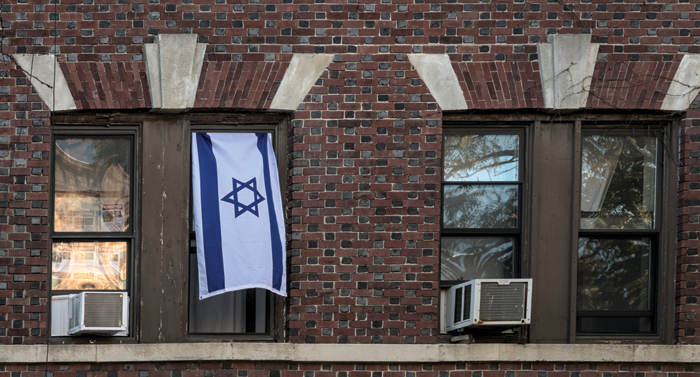
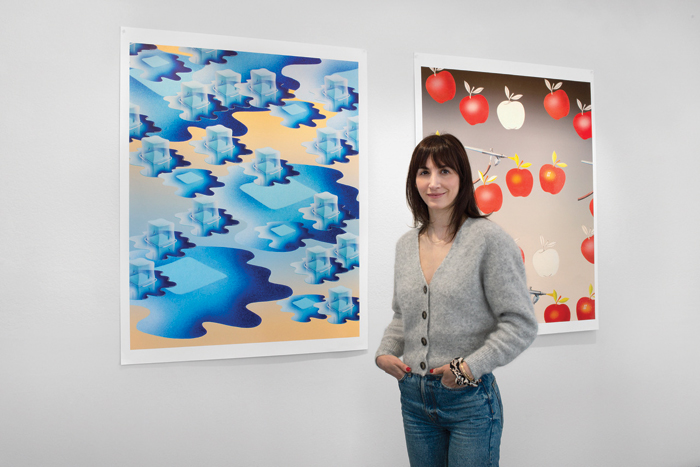

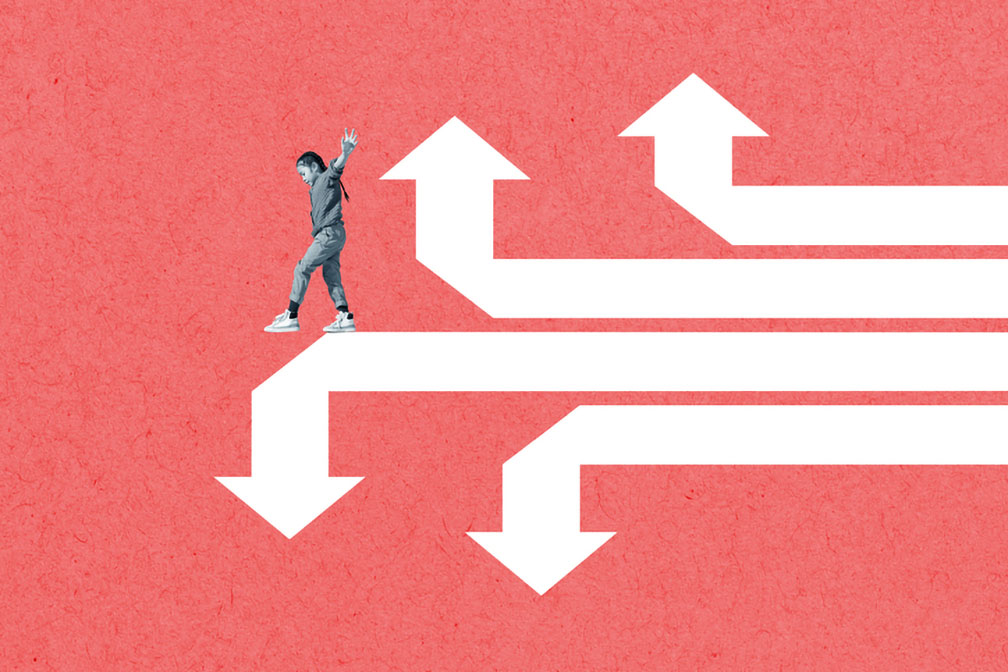



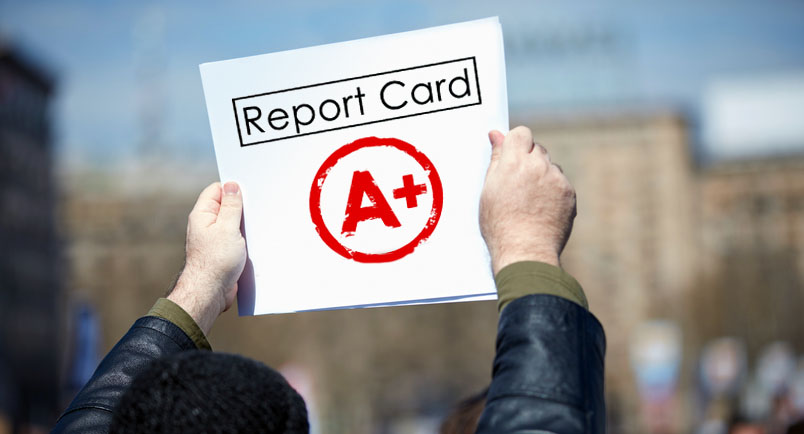
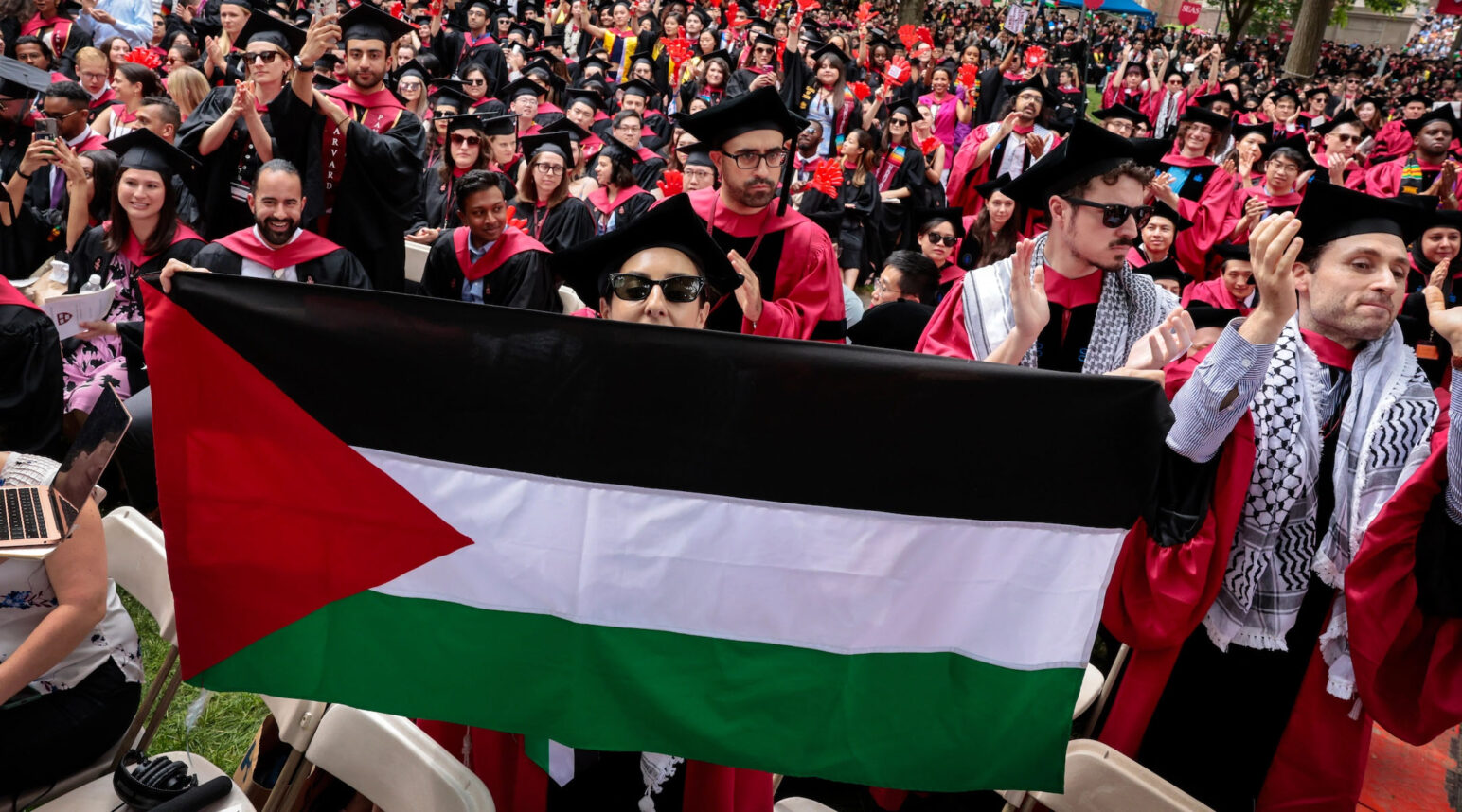
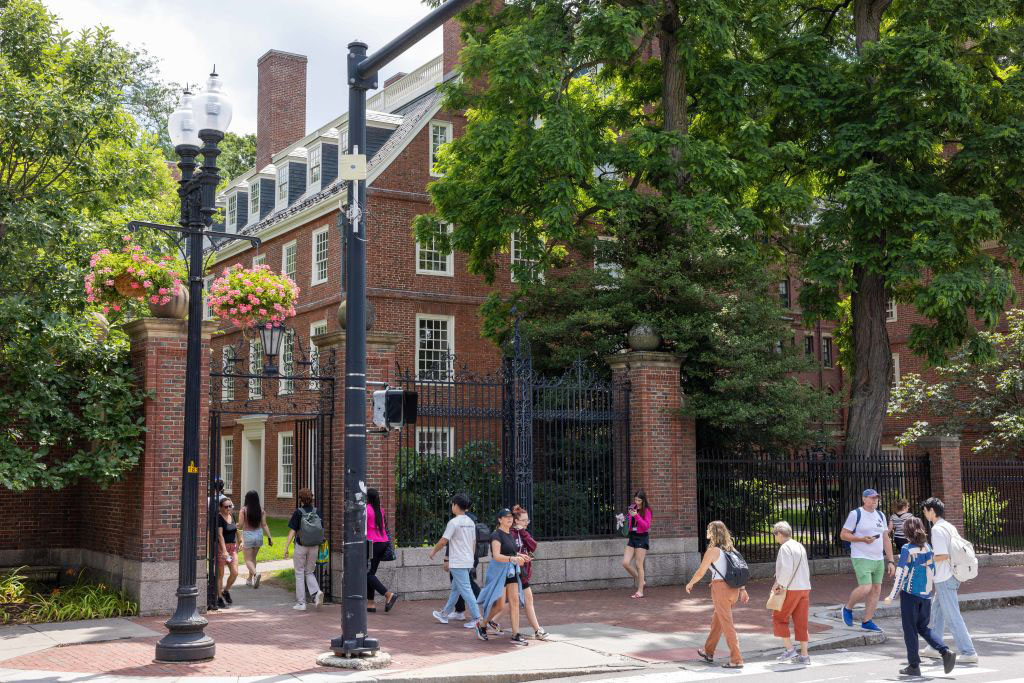



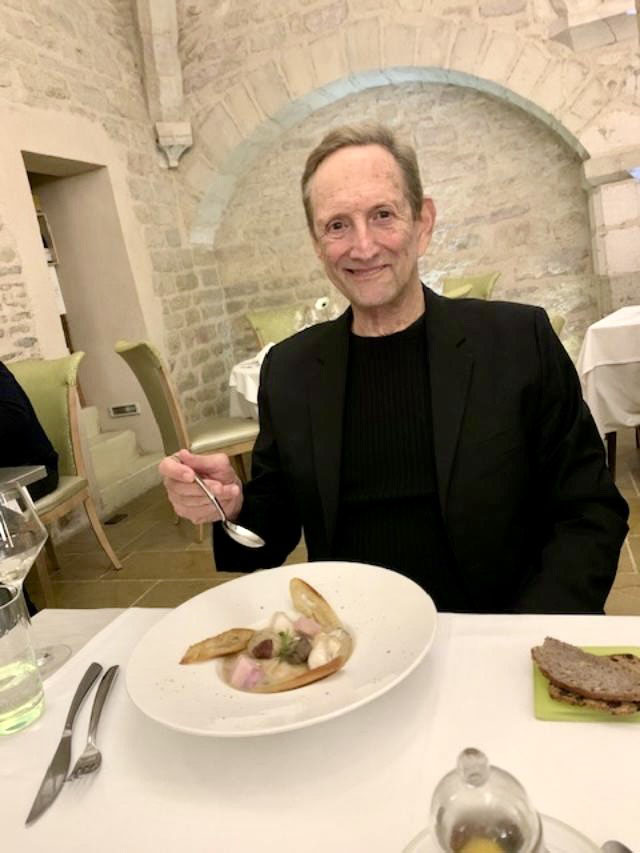

 More news and opinions than at a Shabbat dinner, right in your inbox.
More news and opinions than at a Shabbat dinner, right in your inbox.